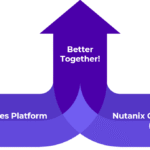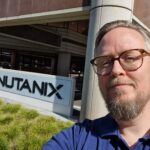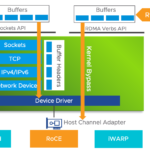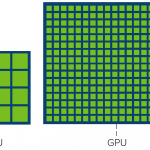This is part 1 of the VMware Stretched Cluster on IBM SVC blogpost series.
PART 1 (intro, SVC cluster, I/O group, nodes)
PART 2 (split I/O group, deployment, quorum, config node)
PART 3 (HA, PDL, APD)

Last year I was the primary person responsible for implementing a new storage environment based on IBM SVC and V7000 and building a VMware Stretched Cluster (a.k.a. vSphere Metro Storage Cluster) on top of that. I would like to share some of the experience I gathered, caveats I encountered and other points of interest. This is by no means a complete implementation guide (go read the Redbook 😉 ). I’ll discuss some of the implementation options as well as failure scenario’s, advanced settings and some other stuff I think is interesting. Based on the content, this will be a multi-part (probably 3) blog post.
Stretched Cluster versus Site Recovery Manager
If you’re unfamiliar with the concepts Stretched Cluster and SRM, I suggest you read the excellent whitepaper “Stretched Clusters and VMware vCenter Site Recovery Manager“, explaining which solution best suits your business needs. Another good resource is VMworld 2012 session INF-BCO2982, with the catchy title “Stretched Clusters and VMware vCenter Site Recovery Manager: How and When to Choose One, the Other, or Both“, however you’ll only be able to access this content if you’ve attended VMworld (or simply paid for a subscription).














